Japan declares a flu epidemic — what this means for other nations
On Oct. 14, 2025, Japan’s health authorities have declared an influenza epidemic, with thousands of people infected with…

On Oct. 14, 2025, Japan’s health authorities have declared an influenza epidemic, with thousands of people infected with…
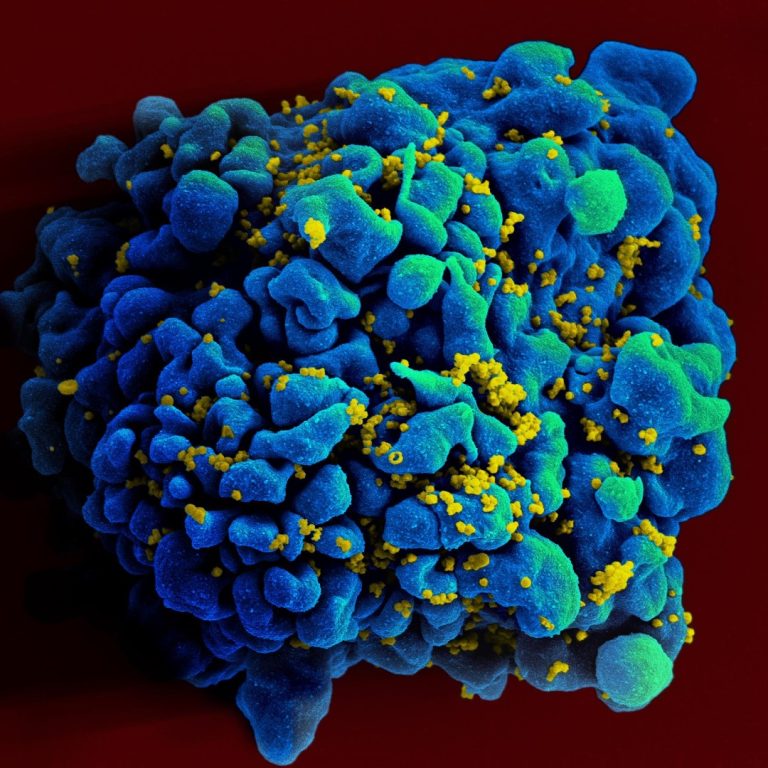
On Jul. 25, 2024, the World Health Organization (WHO) announced during the 25th International AIDS Conference, being held…

On Nov. 6, 2019, Abbott announced that a team of its scientists identified a new subtype of the…
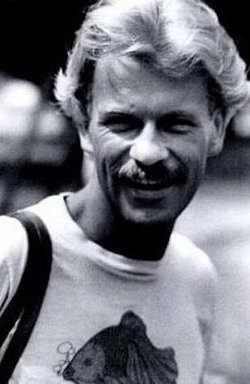
On Oct, 26, 2016, a team of researchers at the University of Arizona and University of Cambridge in…
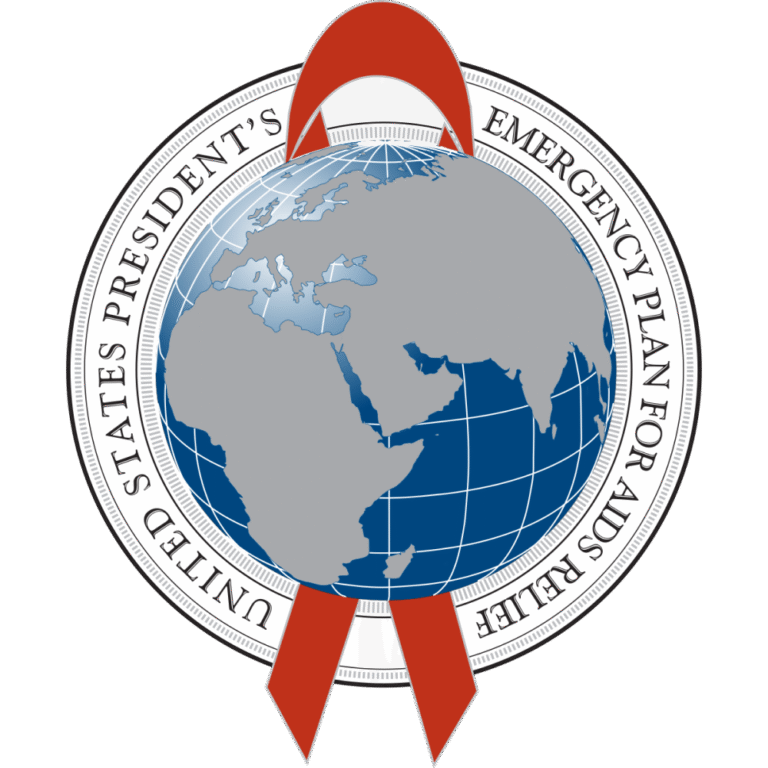
On Jan. 26, 2003, President George W. Bush, in his State of the Union Address, announced the Emergency…
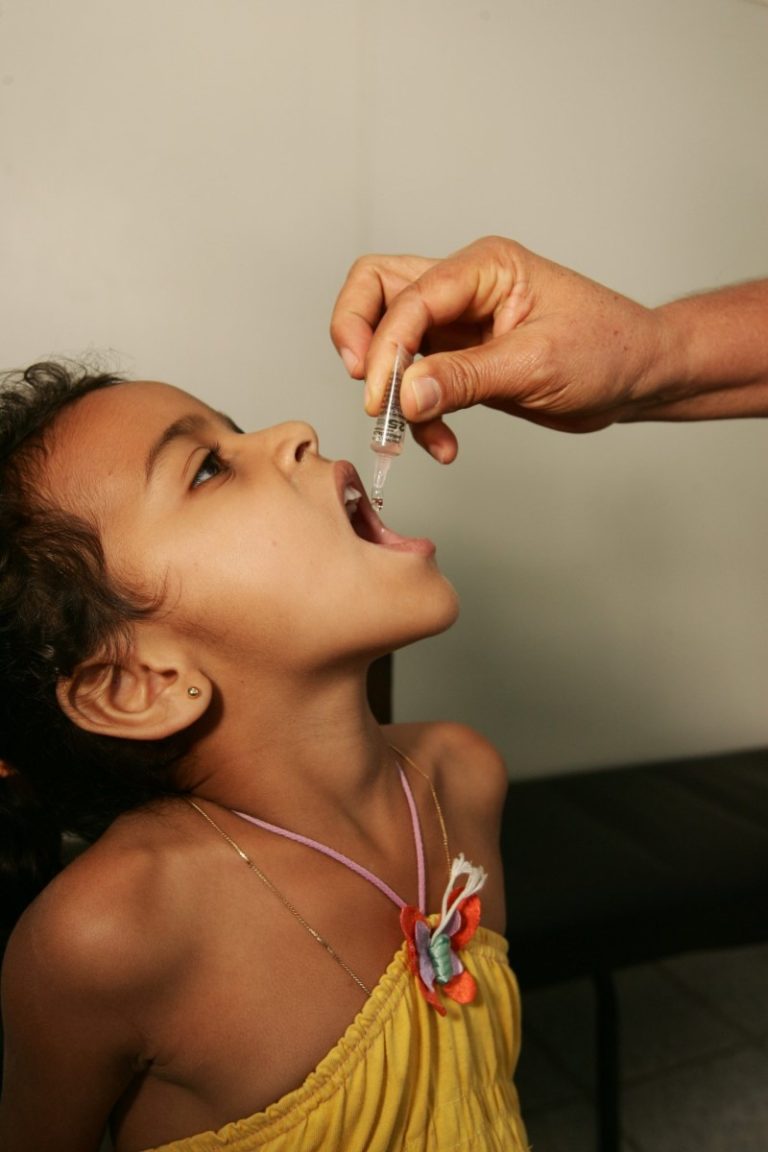
On Jul. 27, 1979, the last cases of wild type 1 poliovirus occurred in the U.S. among unvaccinated…
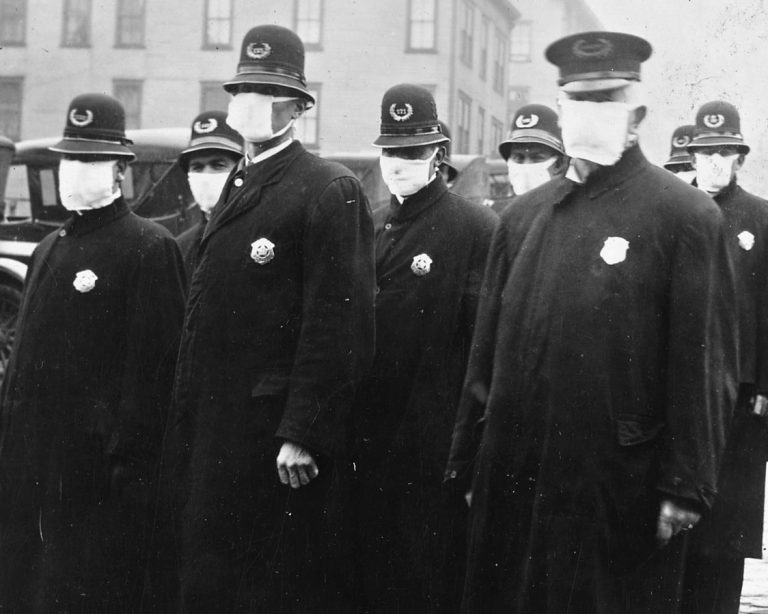
On Oct. 21, 1918, the board of health and school officials met and decided to close all public,…
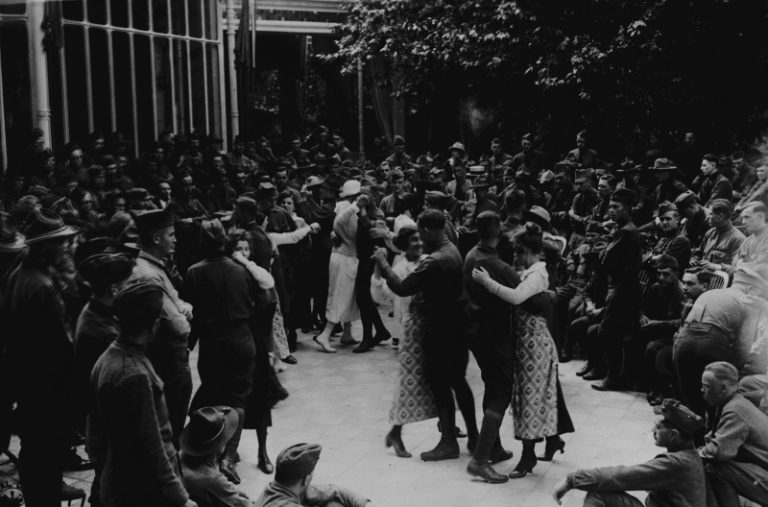
On Oct. 18, 1918, despite the wishes of Detroit officials, Michigan’s Governor Albert Edson Sleeper and the state…
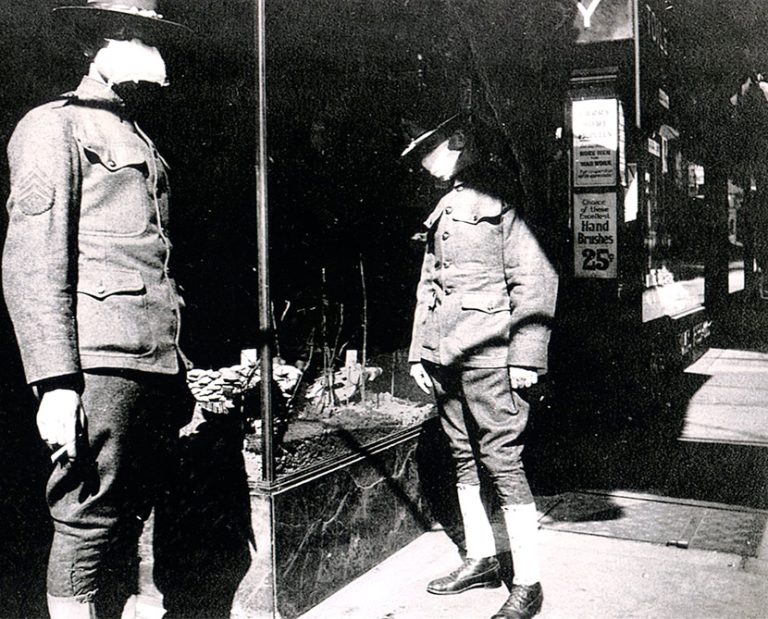
On Oct. 17, 1918, Detroit Health Commissioner James Inches prohibited soldiers and sailors from entering Detroit, to try…
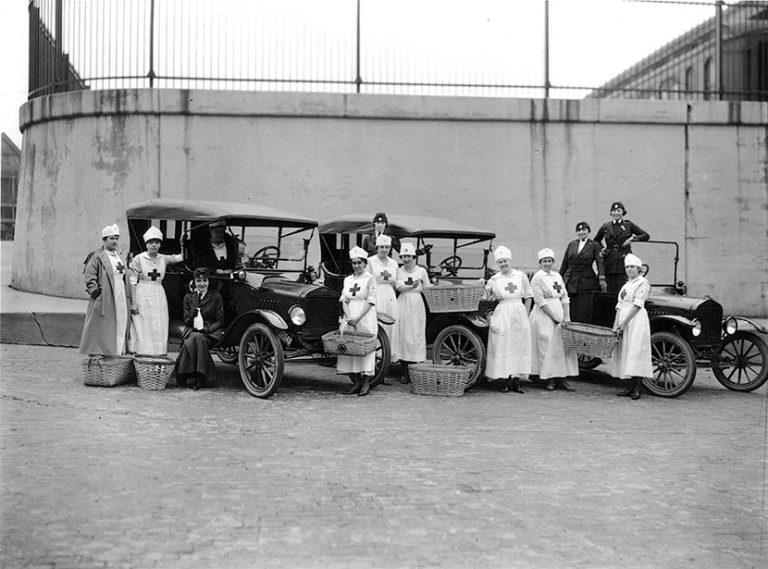
On Oct. 15, 1918, another 800 influenza cases were added to the rolls, the highest number to-date. The…

On Oct. 15, 1918, children were to report to their classrooms as usual in the morning, where attendance…
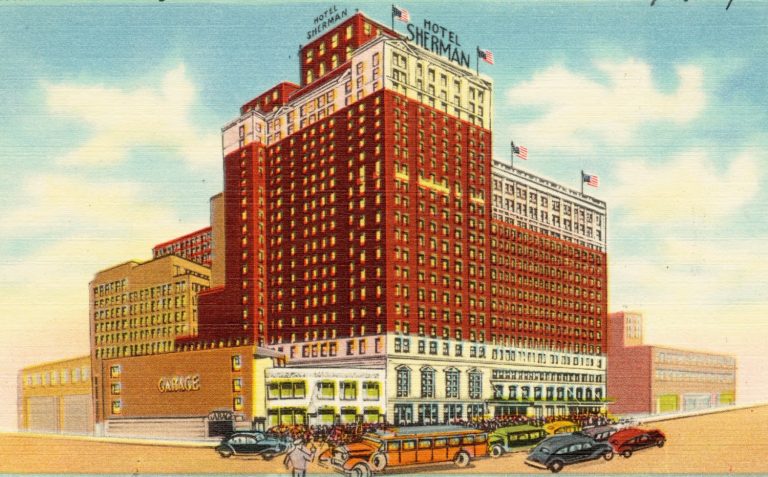
On Oct. 14, 1918, the Illinois Influenza Advisory Commission invited representatives from professional organizations, the Red Cross, clubs…

By Oct. 14, 1918, Cincinnati influenza case and fatality reports demonstrated the highest death rate since the epidemic…
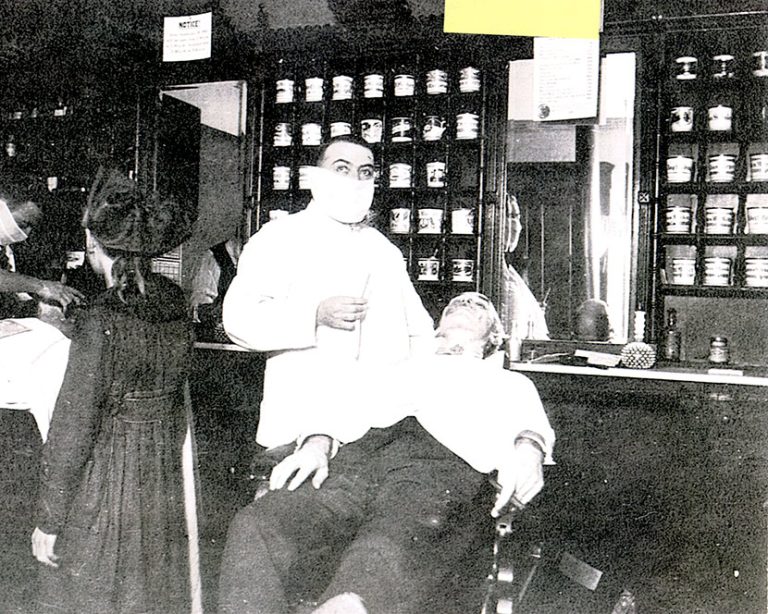
On Oct. 10, 1918, Baltimore Health Commissioner Blake restricted business hours for department, retail, and specialty stores. He…
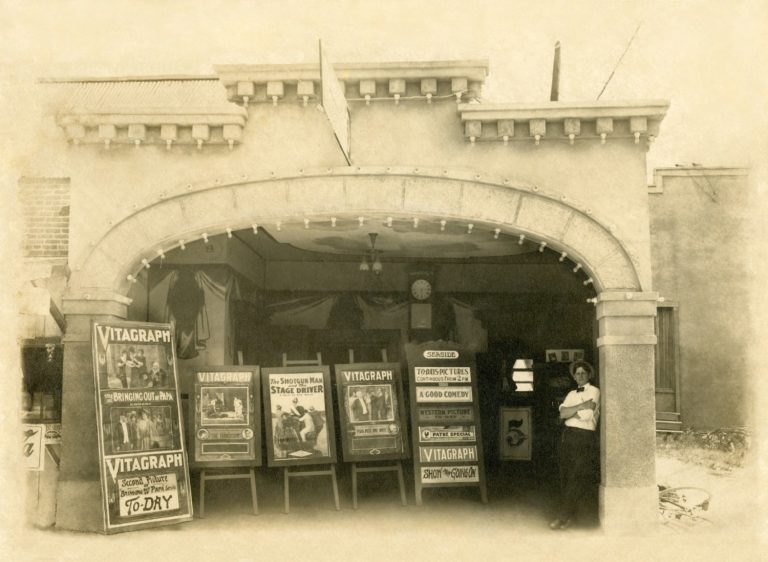
On Oct. 10, 1918, Cleveland Mayor Harry Davis announced the closure of theaters, movie houses, night schools, and…
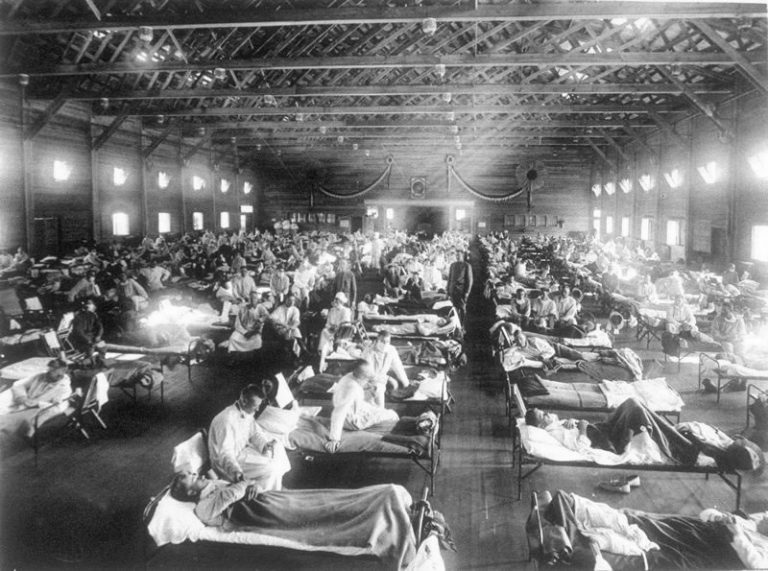
By Oct. 9, 1918, over 1,000 cases of influenza had been reported in Dallas. Later that day, Mayor…
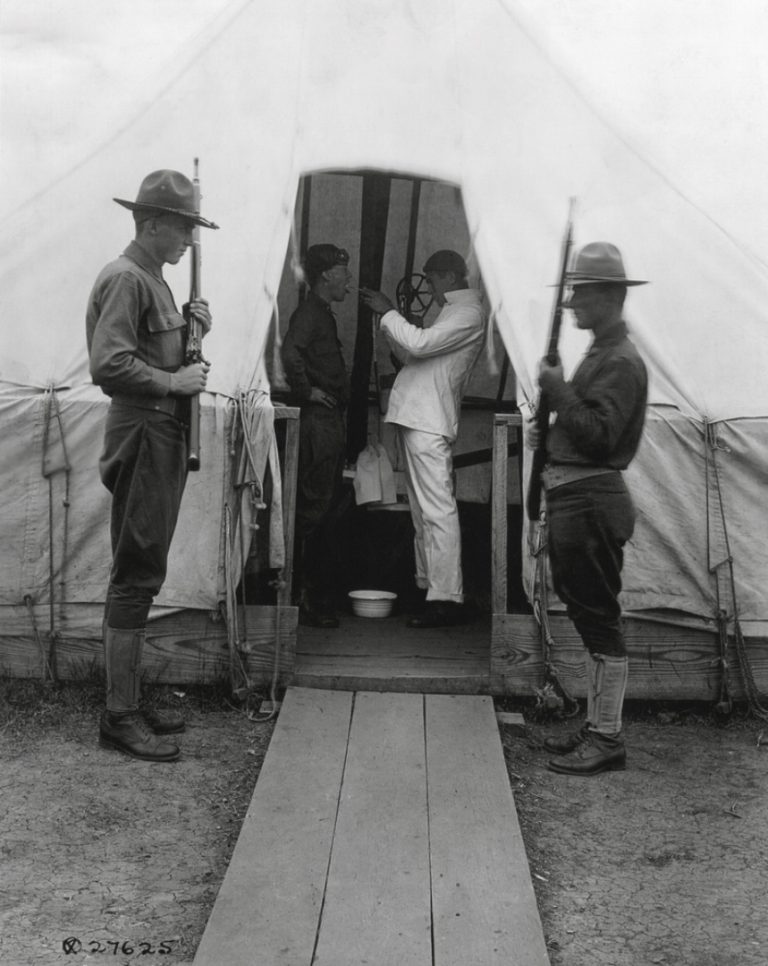
On Oct. 9, 1918, all Salt Lake City churches and public schools and universities, theater, and other gathering…

On Sep. 27, 1918, a young Denver University student named Blanche Kennedy, died of pneumonia a few days…
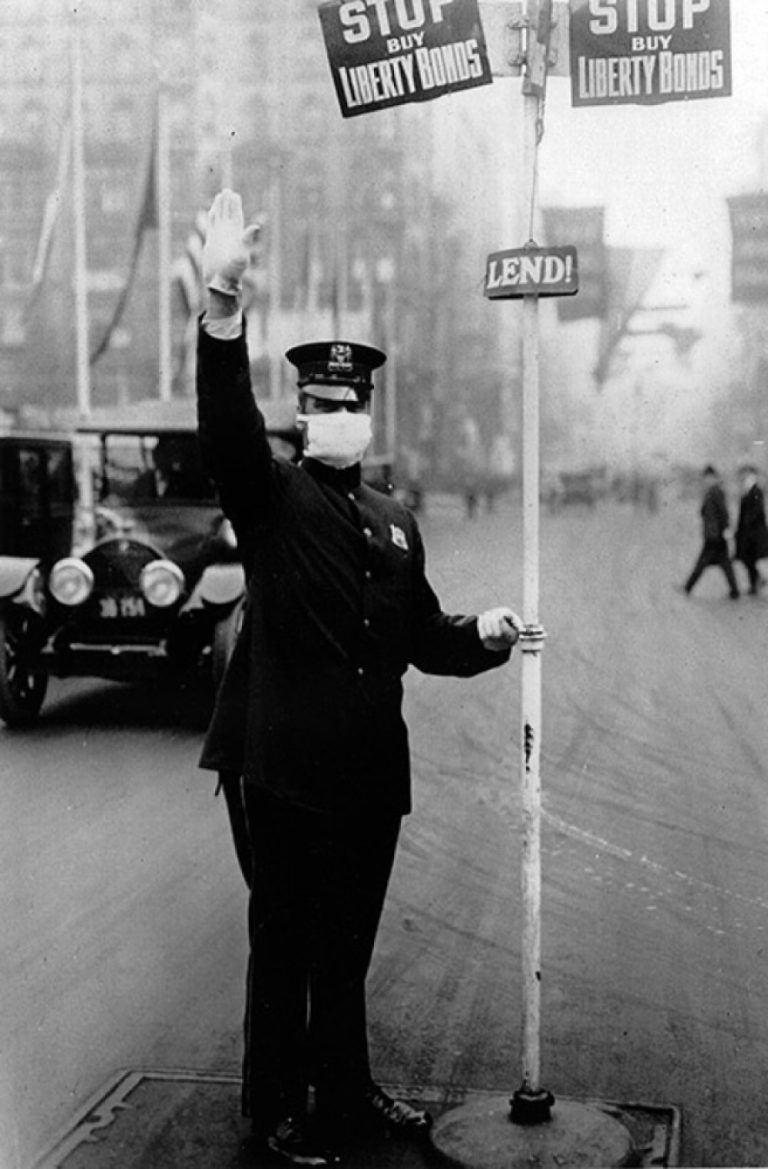
On Sept. 24, 1918, Massachusetts Governor Samuel W. McCall held a conference call with state health and safety…